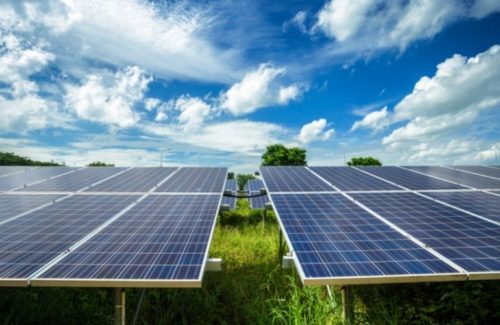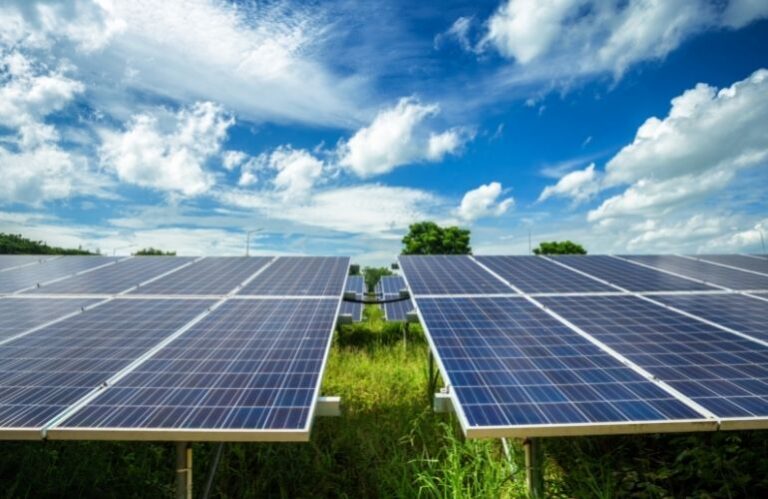
Coalition for Community Access to Solar Energy
On August 14, Alaska Governor Mike Dunleavy signed legislation enabling community solar programs across the state. SB 152 will allow Alaska residents to subscribe to community-owned solar panels that are not on their homes or property, providing access to clean energy for the first time to the more than 260,000 Alaskans living in rental properties and 79,000 who live below the federal poverty line.
The bipartisan bill was sponsored by Senators Bill Wielechowski, Forrest Dunbar, Elvi Gray-Jackson, Scott Kawasaki and Representatives Ashley Carrick, Stanley Wright, Cliff Groh, Andy Josephson, Alyse Galvin, Donna Mears and Calvin Schragehas.
This legislative victory comes on the heels of the U.S. Environmental Protection Agency’s Earth Day announcement that lead applicant Alaska Energy Authority, along with the Alaska Housing Finance Corporation, has been awarded $62.5 million to “deliver urban, residential to rural community-scale projects across Alaska” and deliver the benefits of solar energy to low-income and underserved communities.
“This is common sense legislation that gives Alaskans access to the fastest growing segment of the renewable energy industry. With billions of dollars available from private financing And federal incentivesthe bipartisan SAVE Act will enable Alaskans to boost the deployment of low-cost, clean electricity generation, further diversify generation sources, and realize significant savings on consumer bills. This is a beautiful day for Alaska!” said Phil Wight, policy analyst for the Alaska Public Interest Research Group.
This comes at a crucial time for Alaska’s energy transition. As concerns grow about the natural gas crisis in Cook Inlet, Alaska utilities are looking to diversify their energy sources with renewables. Community solar also offers an opportunity to build a stronger and more resilient electricity grid. The majority of Alaskans support solar energy development, but most have not been able to personally benefit from distributed renewable generation. Community solar energy will change that.
“The Alaska Center understands firsthand the need for this reform of the Community’s energy sector. We’ve heard so many times through our Solarize programs: What if I’m a renter? What should I do if I personally cannot afford a solar installation? Finally, all Alaskans on the Railbelt will be able to subscribe to community energy installations and benefit from low-cost renewable energy. Alaskans can decide to access or create community energy – and this brings us closer to a more equitable energy environment, where clean energy is available to all Alaskans,” said Chantal de Alcuaz, co-executive director of The Alaska Center.
Over the past decade, the number of states that have enacted policies supporting third-party shared or community solar has expanded from just a few to 22 states, including Washington, DC. To date, a combined 6.6 GW of generating capacity has been installed, and Wood Mackenzie’s latest community solar market in the US prospects predicts there will be 14 GWdirect current power installed across the country by the end of 2028.
News item from CCSA


